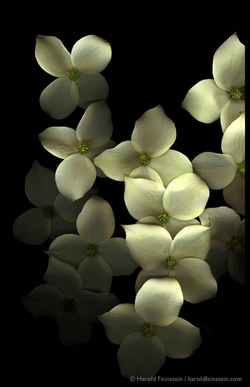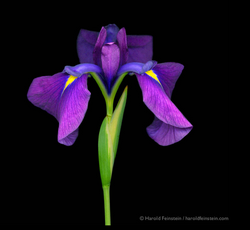
Mounica Akula
 |  |  |
|---|---|---|
 |  |  |
 |  |  |
 |  |  |
 |
Harold Feinstein
Harold Feinstein was born in Coney Island in 1931. He passed away in June, 2015. After his death, the New York Times said he was, “One of the most accomplished recorders of the American experience.” Harold started his photography career in 1946 at age 15. In 4 years, his work was bought for the Museum of Modern Art (MoMA). At 17, he joined the Photo League and became an important person in the early days of street photography in New York City. He exhibited at Helen Gee's Limelight Gallery and was a designer for Blue Note Records and the famous Pittsburgh Project. Feinstein had one of his first exhibits at Whitney Museum of Art in 1954 and the MoMA in 1957. Harold was the first person to use a scanner at a camera, which is now called scanography. Feinstein’s images are exhibited and shows in permanent collections of major museums like the Museum of Modern Art, International Center of Photography, George Eastman House, Museum of Photographic Arts, Center for Creative Photography, Musée d’Art Moderne, the Jewish Museum, and the Museum of the City of New York. He has been published in major magazines like LIFE, Aperture, Black and White, Camera Arts, The New York Times Magazine, American Photo, Oprah Magazine, Evergreen Review, Photography Annual, Modern Photography and Popular Photography. The pictures shown above came from a continuation of his first book called One Hundred Flowers. He was so inspired by these flowers that he even wrote short poems for them. This collection, he called A Garden of Psalms.
During the production of my first book, One Hundred Flowers, I became so absorbed by the flowers that I would awake at night and write short poems inspired by them. This soon became my collection I call, A Garden of Psalms.